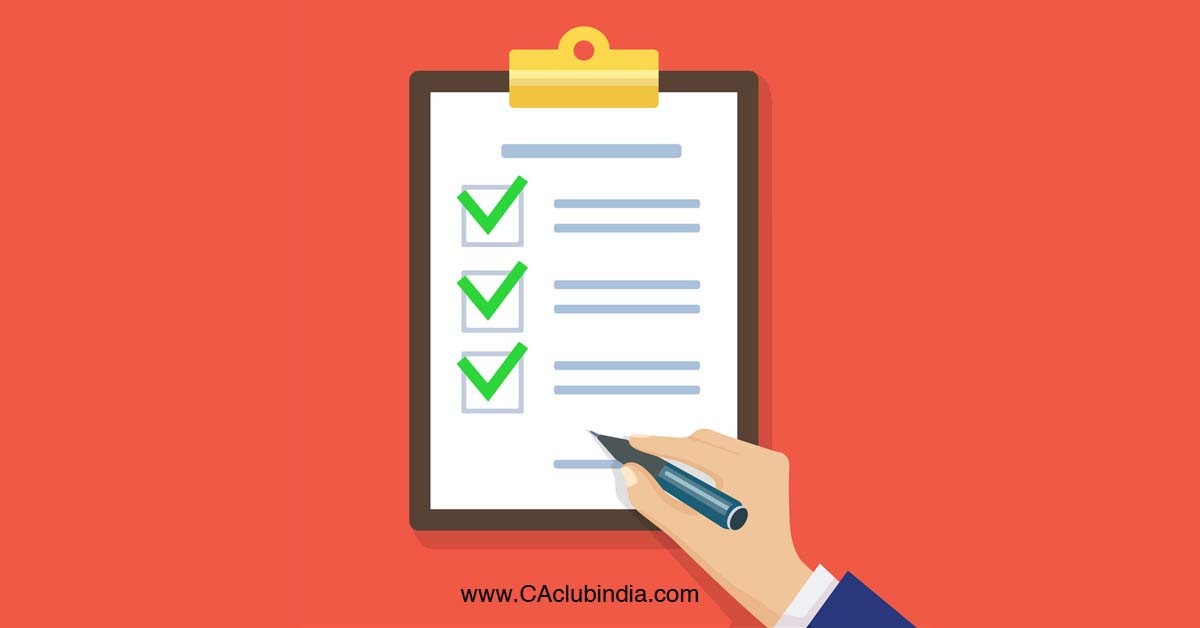STEP 1: Set Financial Goals
- You can't reach your goals if you don't set them.
- List down all your Financial Goals.
- Categorize them into
- Short Term Goals - six months to five years (plan a holiday, buy a car).
- Mid Term Goals - five to 10 years (buy a house).
- Long Term Goals - more than 10 years (child's education, retirement planning)
- Next, prioritize your Financial Goals: Critical, Need, or Want.
- Set a target date for your Financial Goals.
- Plan how to use your Savings and Investments to reach your Goals.

You can use this Worksheet to Plan your Financial Goals

STEP 2: Create a Budget
- Create a Budget that includes
- Necessities (Needs)
- Required Expenditures
- Discretionary items (Wants)
- Periodic savings necessary to finance your Goals (Savings/Investments)
- The 50/30/20 Rule provides you a Simple Framework to Create a Budget.

- Track your spending.
- Compare it regularly against your budget and make changes to your spending habits where necessary.
- Review your budget regularly.
STEP 3: Secure Yourself and Your Family's Future
- Secure Yourself and your Family's Future by Investing in Term and Health Insurance.
- Term Insurance plans offer Financial Security for the entire family in case of the policyholder's unfortunate death.
- Also, you can get optional coverage for critical illnesses or accidental death.
- Term Insurance Plans also offer affordable premiums.
- As a rule of thumb, the amount of coverage offered by a plan should be equal to 15 to 20 times your Current Annual Income.
- Also, invest in a Health Insurance to save yourself and your family against Medical Emergencies.
- But how to choose the Right Health Insurance? Make sure it provides -
- The Right Combination of Premium and Coverage
- Minimum Waiting Period
- Cashless Hospitalization Benefits
- Pre and Post Hospitalization Coverage
- Coverage of Maternity Expenses
- Preventive Health Check-up Facility
- High Claim Ratio
- Smooth Settlement Process
Step 4: Build an Emergency Fund
- An Emergency Fund is a key component of any good financial plan.
- Think of it as a shock absorber for the bumps of life.
- The Rule of Thumb is that you need to keep between 6 and 9 months' worth of Household Expenses in your Emergency Fund.
- When building an Emergency Fund, choose such Investments that are
- Easily Accessible
- Highly Liquid
- Safe against Market Fluctuations
- Earn higher Returns on your Savings
- Savings accounts with sweep-in facility, Short-term FDs, and Liquid mutual funds are some options.

STEP 5: Manage Your Debt
- Make a list of all your outstanding debts, along with their tenor, and rate of interest.
- If you have multiple high-interest loans, look for opportunities to consolidate them.
- Once you've consolidated, determine how much you have to pay each month by noting the minimum payments and put the total into your budget.
- Build a debt management strategy.
- Minimize the use of credit cards to avoid High Interests and Fees.
STEP 6: Put your Finances on Autopilot
- Put money in your Savings Account using direct deposit so that you don't spend it.
- Make sure regular contributions make it into Retirement Account, Emergency Funds, and other Investing Accounts.
- Use autopay to manage and pay recurring bills like mortgage, loan payments, insurance premiums, etc.
- Use a Money Management Application to help track payments and other expenditures.
STEP 7: Maintain a Steady Lifestyle
- Spending does not have to grow at the same rate as income.
- Growth in income can increase savings and investment accounts.
- Keeping expenditures relatively constant over time is a key method in achieving a secure financial future
STEP 8: Invest Wisely
- Establish a Low-cost, well-diversified portfolio that's appropriate to achieve both Short and Long-term goals.
- If you are new to Equity Market, start with a Monthly SIP in Index Funds/ETFs.
- Obtain Knowledge and Advice before moving to Actively Managed Funds and Direct Equity.
- Refer to the following Infographic to understand the benefit of Index Funds

- Don't Put All your Eggs in One Basket.
- Diversify your Portfolio according to your Risk Appetite and your Understanding of the Asset class.
- Benefits of Portfolio Diversification

- Where appropriate, think long-term and don't be overly focused on the short-term performance of your investments.
- Stick to your investment plan and review your portfolio periodically to stay on track.






 CAclubindia
CAclubindia
